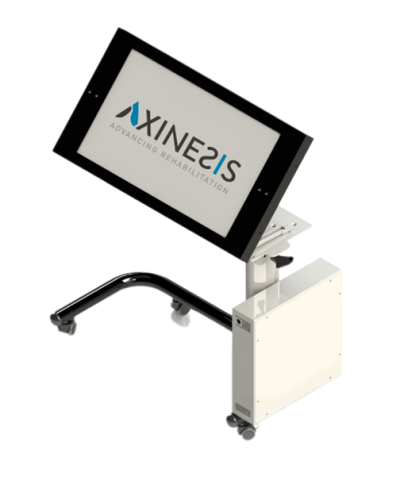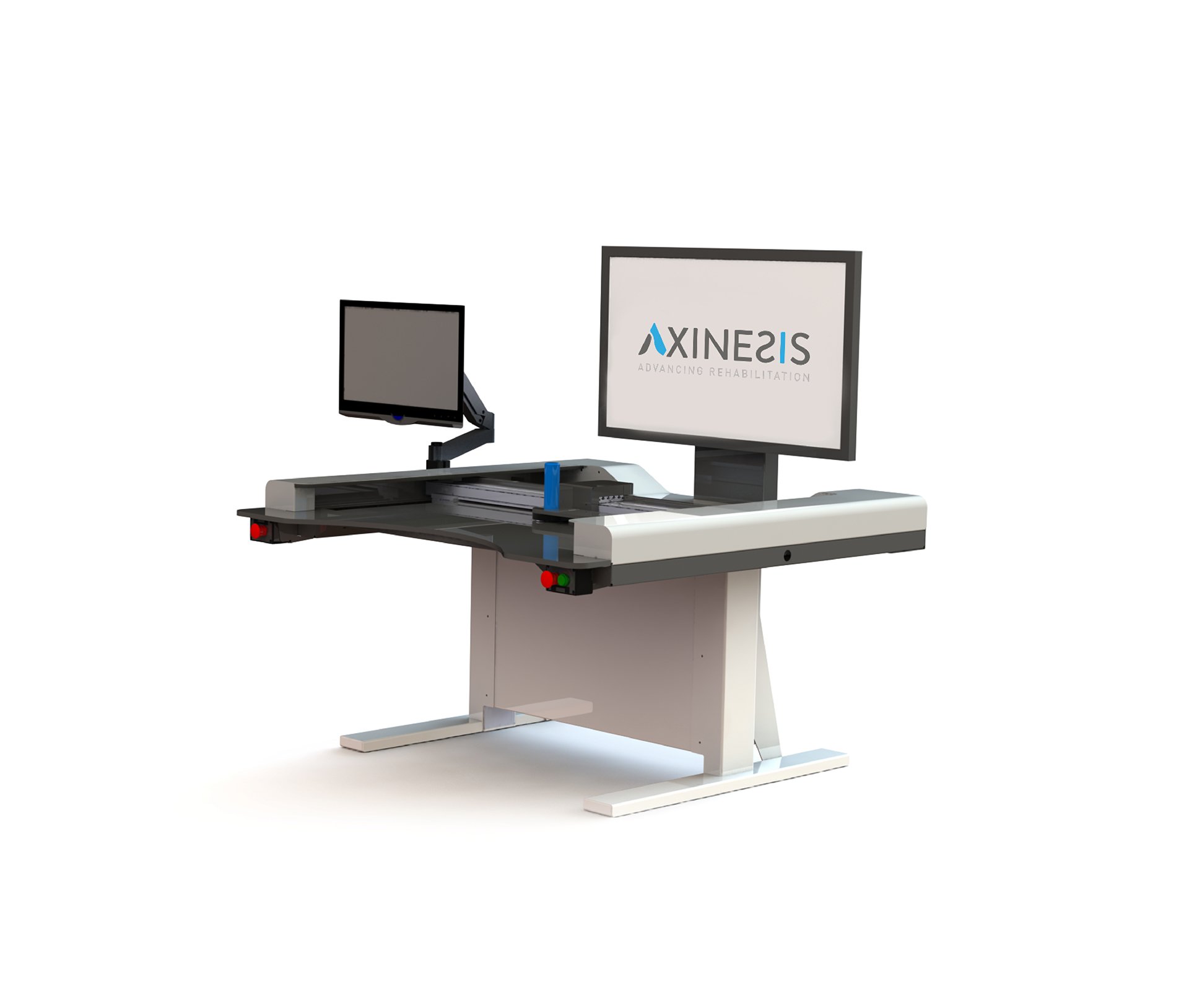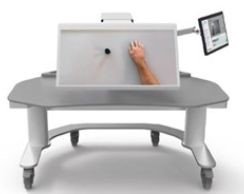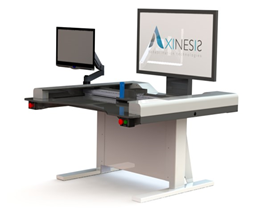The REAtouch® Lite 2 is available from April 2025 onwards. It’s a smaller version of the REAtouch®, following the patient to his/her room and home. Portable and smaller, it still offers intensive functional rehabilitation like its big brother.
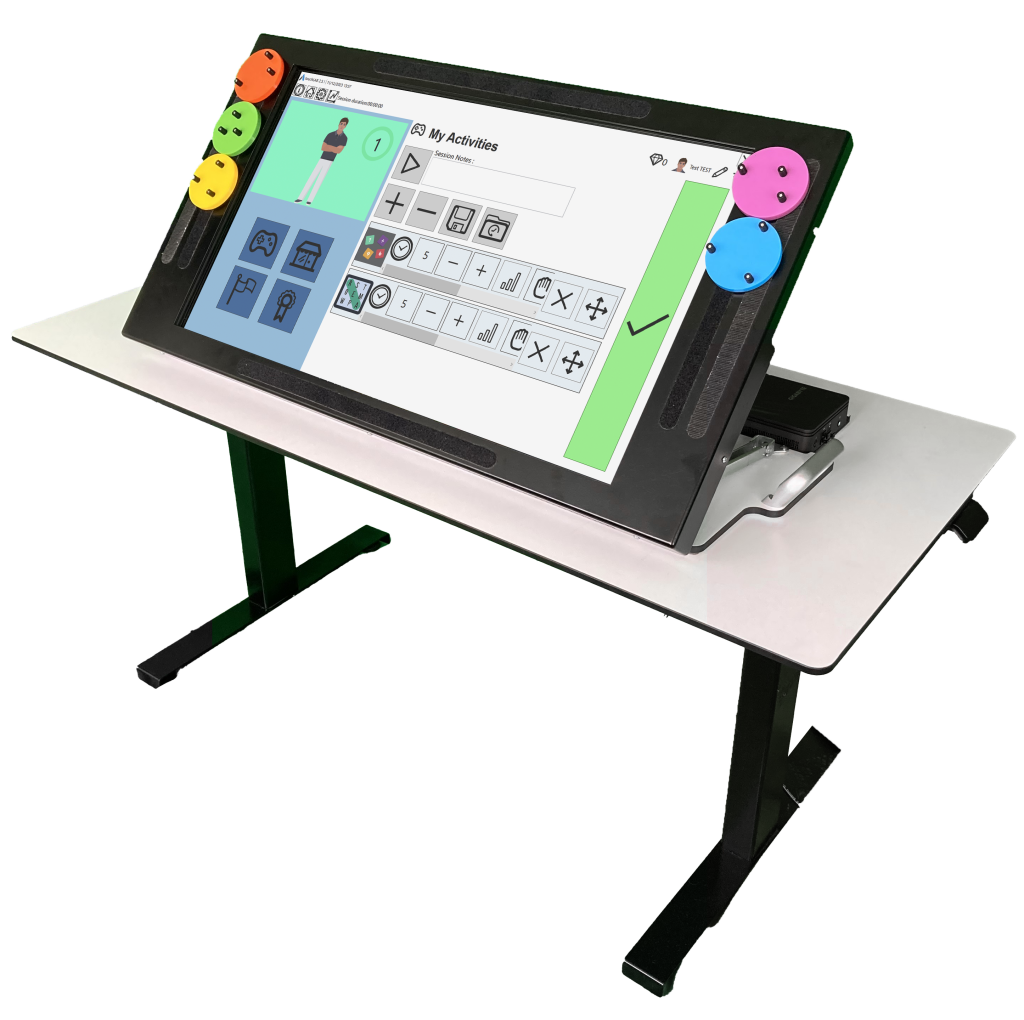
Enhancing intensive rehabilitation: in hospital, but also @ home
The special feature of REAtouch® Lite 2 is its versatility in rehabilitation of neurological conditions of the upper limp. The medical device is certified for use both in medical centers and at home. This means it can be used to provide intensive rehabilitation throughout the patient’s complete therapeutic pathway.
As an option, a height-adjustable table can be supplied with REAtouch® Lite 2. This allows the device to be placed securely on a flat surface and offers the possibility of adapting the working height to the needs of patients. This means the patient can work seated or standing, in a wheelchair or care chair.
As impactful as the REAtouch®!
Like the REAtouch®, this new device is based on intensive, functional rehabilitation using, specially designed, serious games. The patient interacts with fun and motivating therapeutic games using various objects. Thanks to the self-adaptation and variety of games, each patient can benefit from the rehabilitation that fits his/her abilities, therapeutic objectives and progress. Like the REAtouch®, it is based on the principles of motor skills learning, providing support in the implementation of evidence-based therapies such as HABIT-ILE ,2, known to be effective for patients with brain lesions and Cerebral Palsy.
Recovery therapy throughout the patient’s journey
With this new rehabilitation device, Axinesis now offers a full continuum of care, from early rehabilitation to long-term rehabilitation and monitoring at home.
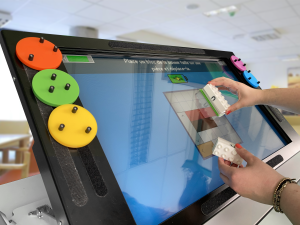

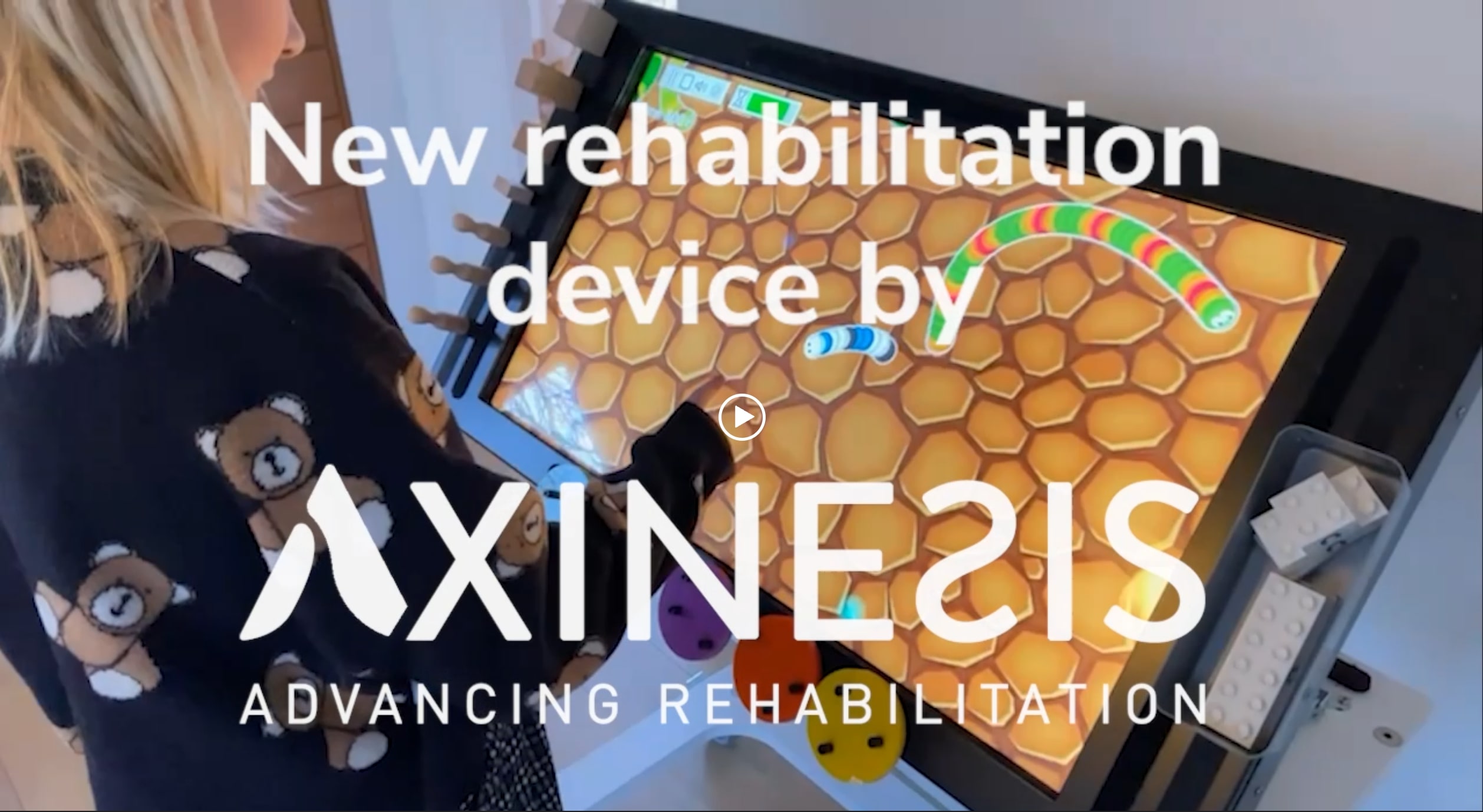
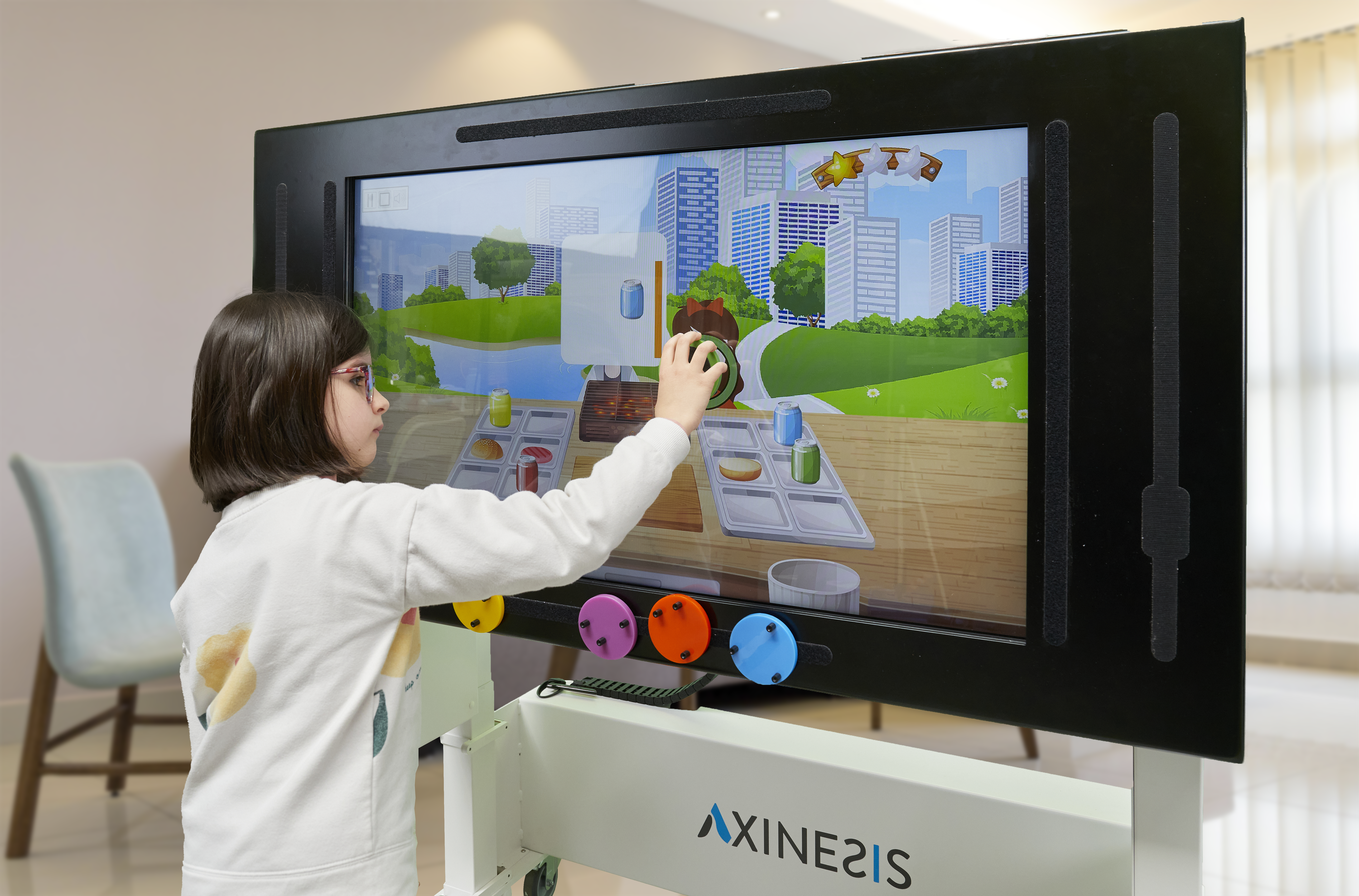
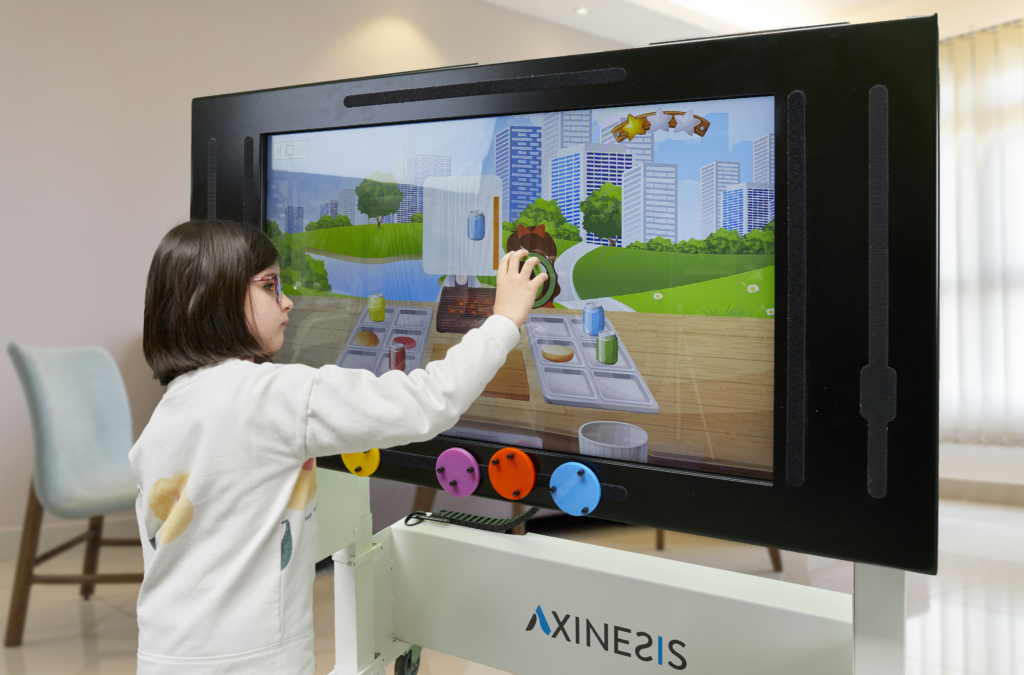
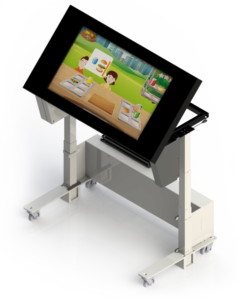
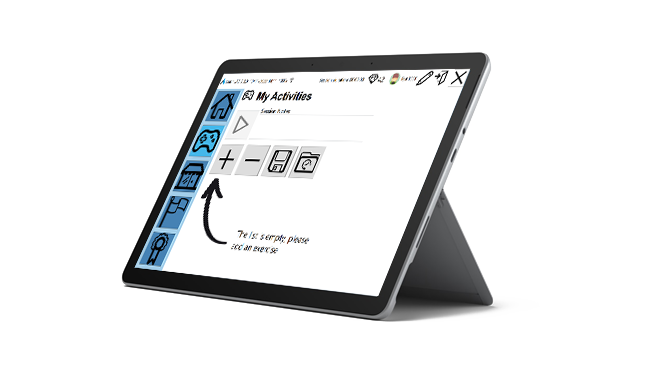
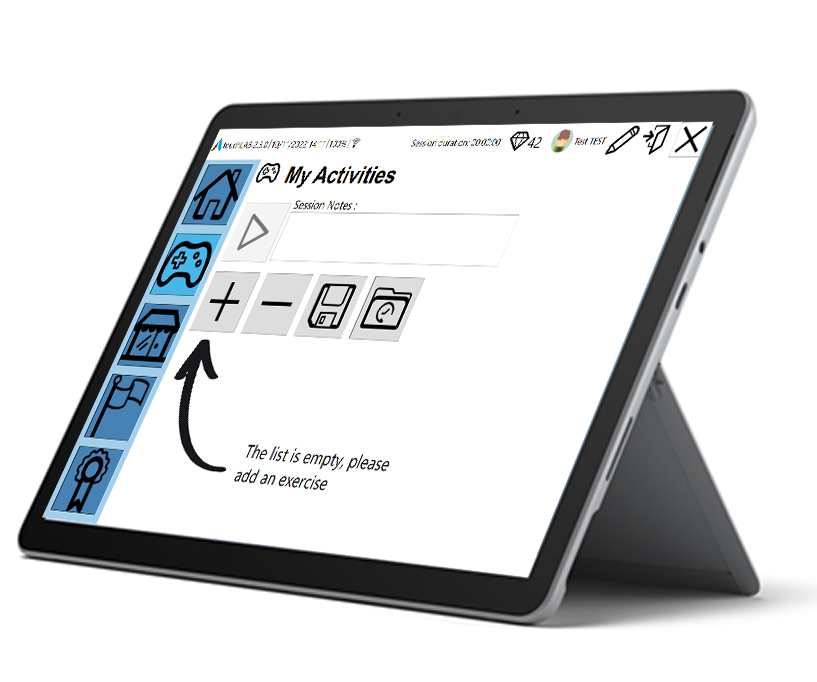
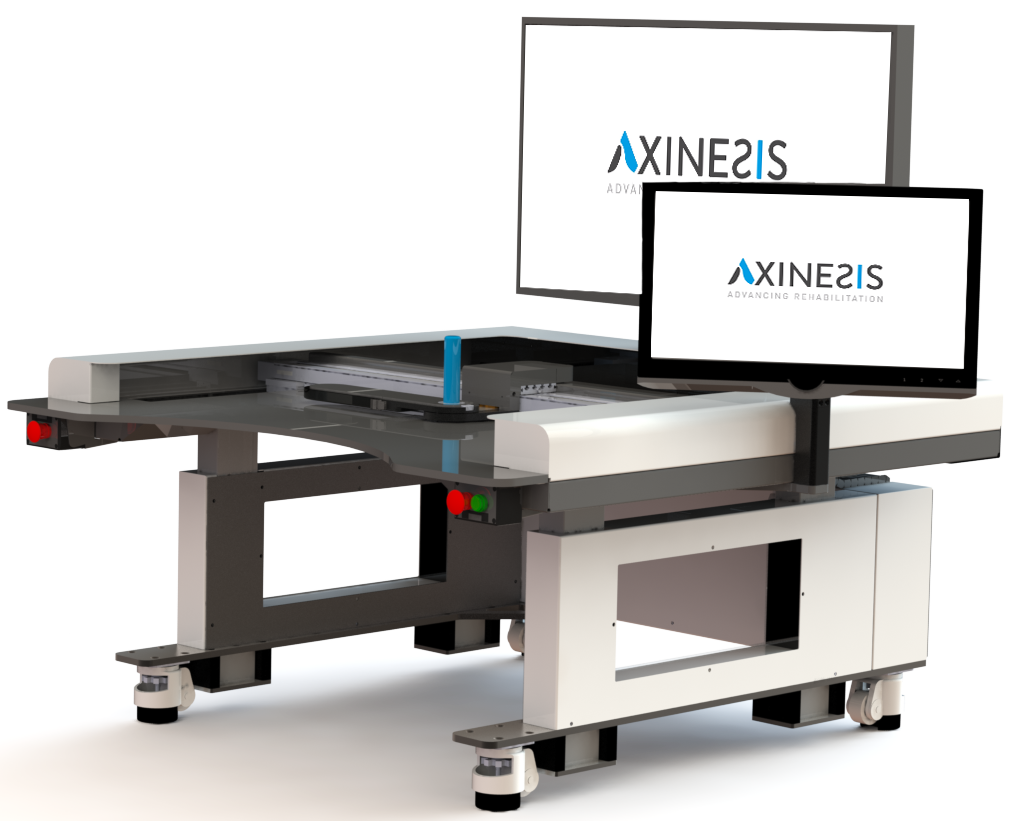
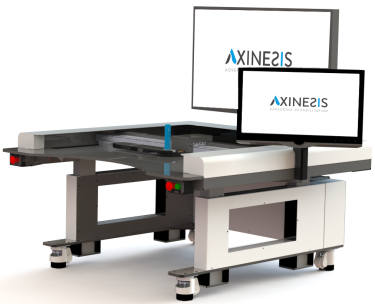
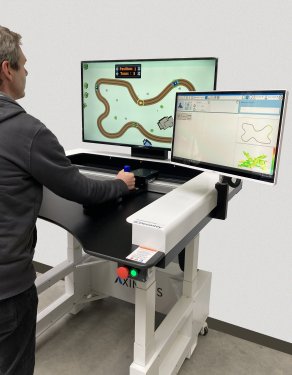

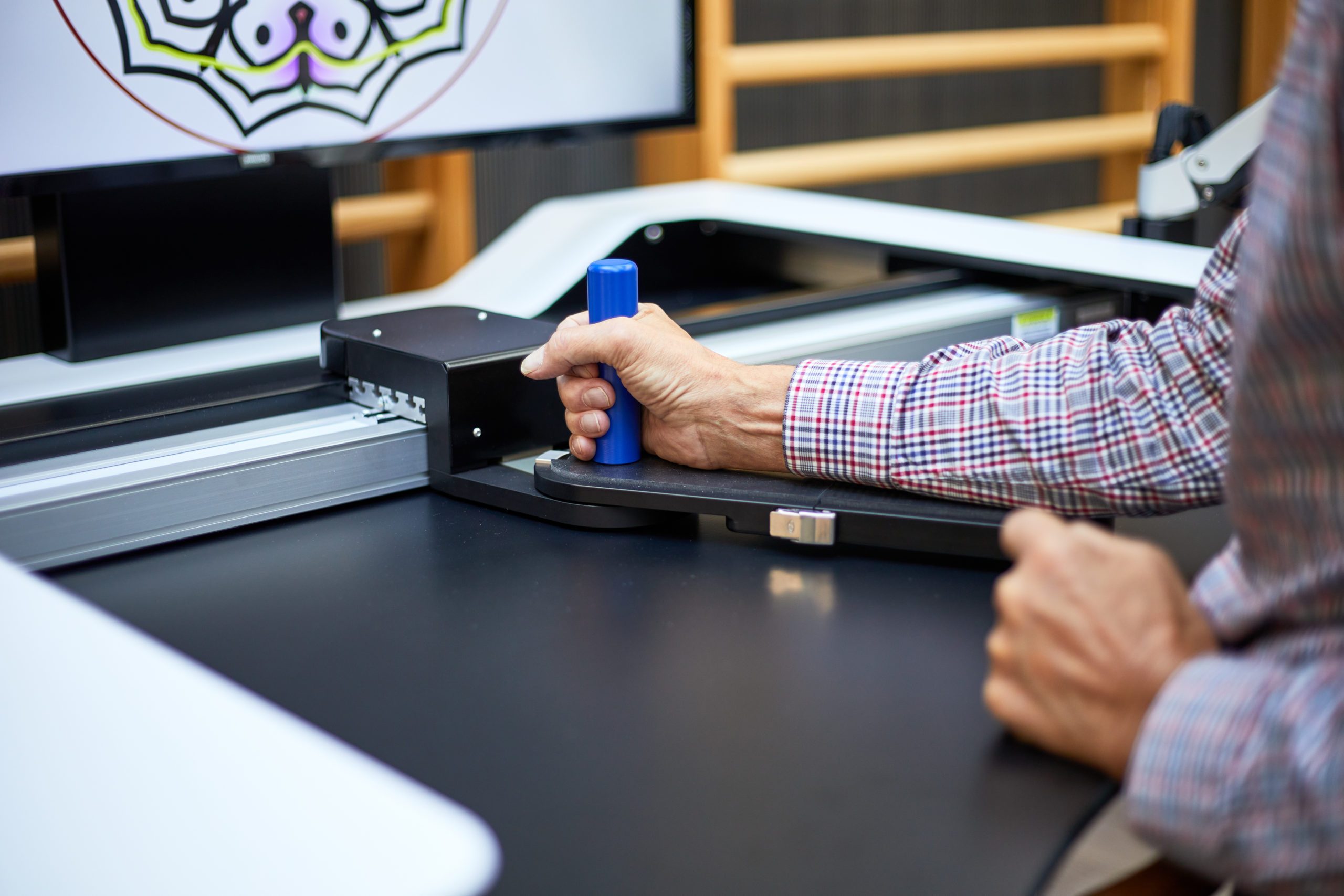
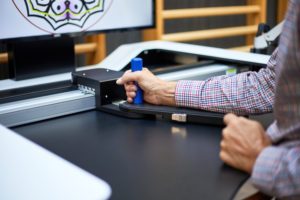
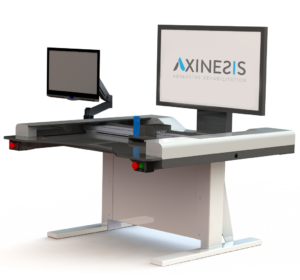 This study supports evidence that using RAT to partially substitute CT in the early rehabilitation phase is at least as effective, or even better, at improving UL and ADL function than CT alone. This study was also the first to assess the ICF social participation domain. The authors suggest greater improvements can be explained by the effect of the robotic device itself, which allows clinicians to deliver therapy using key motor recovery factors including high intensity and repetitive, task-oriented movement training.
This study supports evidence that using RAT to partially substitute CT in the early rehabilitation phase is at least as effective, or even better, at improving UL and ADL function than CT alone. This study was also the first to assess the ICF social participation domain. The authors suggest greater improvements can be explained by the effect of the robotic device itself, which allows clinicians to deliver therapy using key motor recovery factors including high intensity and repetitive, task-oriented movement training.
